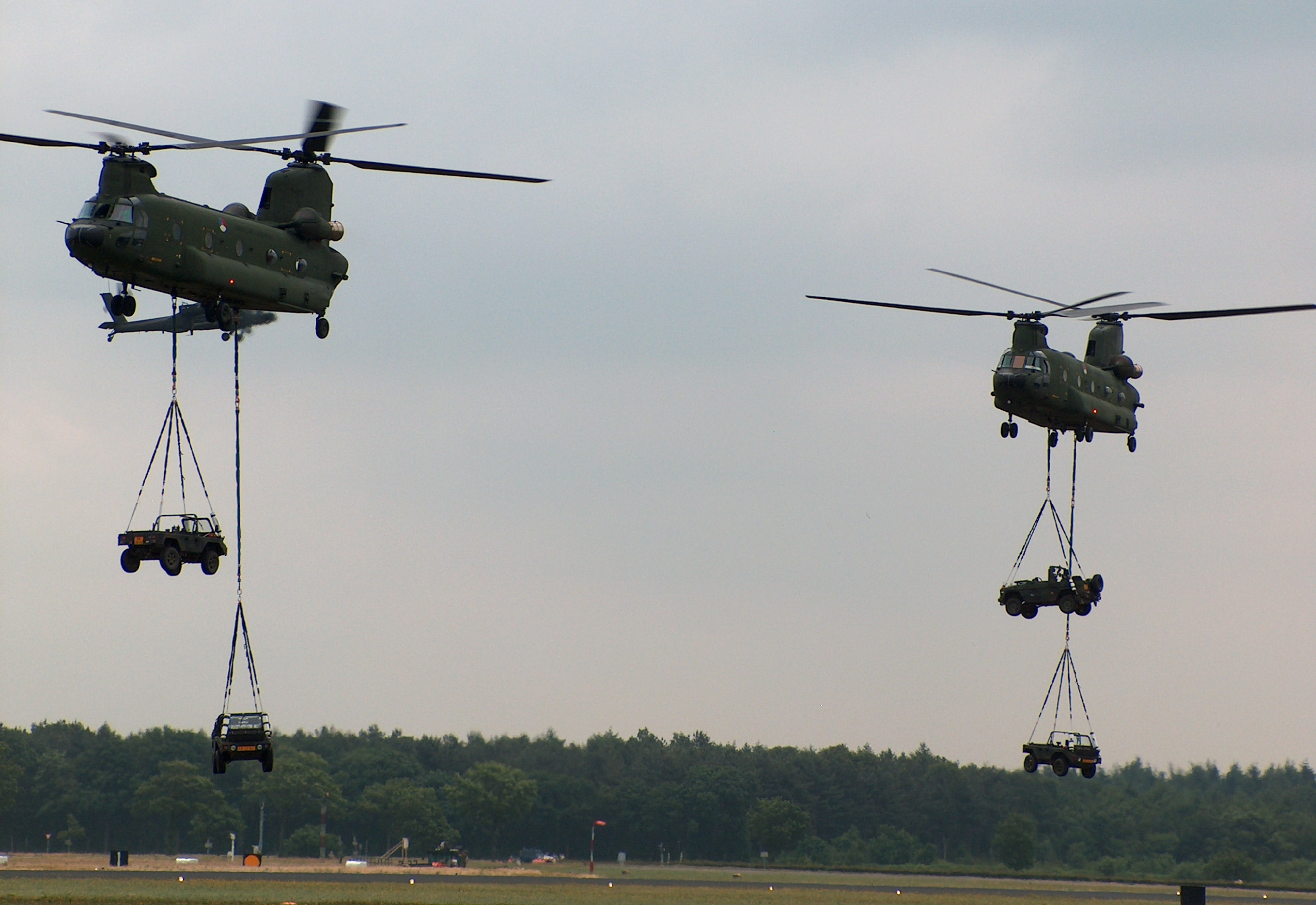Today’s helicopters were born out of a truly fascinating engineering history.
An aircraft famous for being one of the earliest ideas for achieving flight and able to take off and land vertically (thanks to the lift provided by its horizontally-spinning rotors), there really is more to the helicopter than initially meets the eye, and a lot of famous names and dates attached to its past.
So, whether you’re an aspiring helicopter mechanic looking for inspiration or a current mechanic brushing up on your helicopter knowledge, read on to discover a brief (but essential) history of this wonderful piece of machinery...
A brief history of helicopter mechanics and engineering:
1. Key dates in helicopter mechanics
400 CE: The “Chinese Top” was invented. This toy consisted of a stick and two propellers, which, when spun between the user’s hands, would achieve lift for a short period.
1480s: Leonardo da Vinci sketched out his “aerial screw”1 design, a four-meter machine designed to perform in the same way that today’s helicopter does; with the screw penetrating the air when rotated, consequently resulting in lift.
1700s-1800s: Various other helicopter models were created, including Launoy and Bienvenu’s feather model and Sir George Cayley’s (“the father of fixed-wind flight”) steam-powered model.
1861: The helicopter was finally given its name! French scholar and writer Gustave de Ponton D'Amecourt coins the term “hélicoptère,” pulled together from the Greek "helix,” meaning “spiral,” “whirl,” and “convolution,” and “pteron," meaning “wing.”
1907: French engineer and bicycle maker Paul Cornu2 designed and built a twin-rotor helicopter, powered by a 24-horsepower engine. This was the first aircraft to achieve free flight – a foot in the air for 20 awe-inspiring seconds!
1936: Germany made great waves in helicopter development when Henrich Focke designed and built the Focke Achgelis Fa 61 (a three-bladed aircraft given flight by a 160-horsepower engine), which is today considered as the first practical, functional helicopter. Germany then became the first country to see a helicopter (the Flettner Kolibri) go into mass production.
1939-1942: Igor Sikorsky3 of the USA (perhaps the most famous engineer in helicopter history) completed a successful run of test flights in his VS-300 (after struggling with designs nearly 40 years prior). Following this success, Sikorsky developed other helicopter models, which went on to be developed in other countries across the globe.
1951: The first use of jet-engine technology in helicopter design was accomplished, increasing the speed and decreasing the weight, noise and running costs of future models.
1970s: The “new generation” of helicopter mechanics begins, introducing many of the famous models we know today (more on that below)!

2. Famous names in helicopter mechanics
In addition to the names mentioned above, there are several individuals who made it to the history books for their hand in helicopter mechanics!
Louis-Charles Bréguet (1880-1955) – a French aircraft designer and engineer who, with the support of his brother Jaques, developed the gyroplane, the predecessor of the helicopter. His company, Compagnie des Messageries Aériennes, later became what we know today as Air France4.
Engelbert Zaschka (1895-1955) – a German engineer, designer and inventor, known as one of the first German helicopter engineers, presenting the “rotating airplane” in 1926.
Arthur M Young (1905-1955) – an American helicopter developer who, after 12 years creating helicopter designs and models in his barn, created the Model 47 prototype for the Bell Aircraft Company that went on to become the first commercially licensed helicopter.
Hannah Reitch (1912-1979) – a German aviator and test pilot who became the first world’s first female helicopter pilot after flying the Focke Achgelis Fa 61. Her following career saw her test fly several different German aircraft during the second world war.
3. Today’s most well-known helicopters in the defence sector
The Black Hawk
We mentioned above that Igor Sikorsky’s helicopter designs went into production across the globe; and this is one of the resulting models! It is considered the workhorse of army aviation, and is in operation in more than 25 countries. A Black Hawk crew is made up of three people: The pilot, the co-pilot and crew chief.
If you want to work on a Black Hawk as a mechanic, you’ll need to have an in-depth knowledge of the aircraft, as well as at least three years’ experience as an aviation mechanic.
The Apache
Light, mobile and agile, the Apache is famous for being the most durable helicopter in aviation history, being able to withstand rounds of up to 23mm. It carries a crew of only up to two; the pilot and the co-pilot gunner.
To be an Apache mechanic, you’ll need at least 3 years of experience working on the aircraft’s general maintenance, and an in-depth knowledge of its newest upgrades and technology.
The Chinook
The Chinook, made by Boeing, is known for its capabilities in military, logistical and small airfield operations. Indeed, it is called the “workhorse helicopter of the RAF.” It has space for two pilots and two crew members, plus an observer in the cockpit.
A high level of experience in aviation mechanics and an in-depth knowledge of the latest aviation technologies is the minimum required to work on this renowned aircraft.
Looking to work as a helicopter mechanic?
Working on any of the above helicopters as a mechanic is considered a pipe dream for many.
However, here at M&E Global, we will take the time to get to know you, your skillset and your career goals in order to help you land your perfect helicopter mechanic role! Simply contact our team today or upload your CV here to get started.




